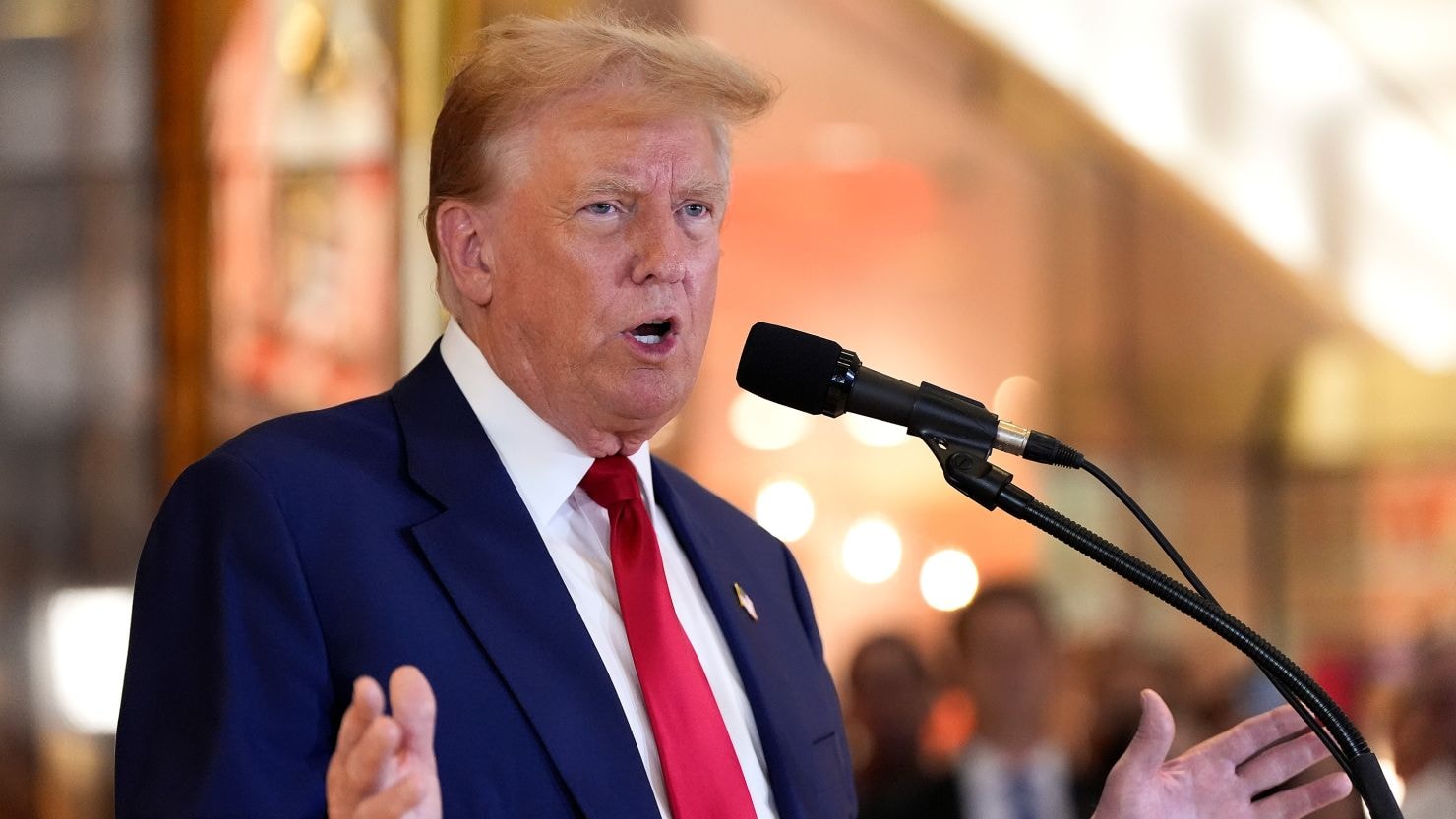How will Trump’s anti-competitiveness policies impact the US dollar?
It looks as if the Trump Administration may announce anti-competitiveness policies of its own - through a global tariff.

Last week, the US Treasury released its semi-annual foreign exchange report. It found that no countries are manipulating their exchange rates for the purpose of gaining competitive advantage. And yet, in the not-too-distant future, it looks as if the new administration will announce anticompetitiveness policies of its own through a global tariff.
Trump describes himself as the “tariff man”. We are not sure why he loves tariffs so much. It could be because they raise revenue, although not very much. It might be because they punish ‘unfair’ trade practices by others, notably China. Or that they make the US more competitive. The tariffs that he has imposed before on certain products, like aluminium, or certain countries, such as China were actions designed to punish others that act ‘unfairly’ towards the US or that threaten national security. More such tariffs have been imposed by Biden and Trump, of course, plans to ramp this up even more with 60% tariffs on China. But the proposal for a 10% across-the-board tariff (even 20% is talked about sometimes) is a different kettle of fish.
For this surely comes into the categories of revenue generation and competitive advantage. If that’s the case, it seems a bit rich of the US to seek competitive advantage when the latest Treasury report says that the US is not the subject of unfair competitive practices by others. But of course, at the end of the day, this Treasury report is not worth the paper it is written on when Trump is in charge.
Back in 2019, the May report from that year did not classify China as a currency manipulator, nor did the subsequent one in January 2020. Yet, in between times, the Administration did label China as a manipulator, essentially ignoring the Treasury’s work in these FX reports. It did so presumably because Trump, who was president at the time, wanted to justify tariffs on China by claiming that the country was acting unfairly.
If Trump did this in 2019, he can easily do it again next year, or later, even if the Treasury’s FX report is still keeping China off the naughty list. But what about all the other countries, should Trump go through with his 10% tariff plan? Is the new US Administration going to say that every country is acting unfairly towards the US? Of course not. However, the point the Standard Bank has made before, is that the president’s authority to levy tariffs without Congressional approval extends only to instances where countries are acting unfairly or national security is threatened, and it thinks it is just as hard to argue that the whole of the rest of the world is threatening US national security, as acting unfairly.
Hence, it may mean that any legislation on general tariffs has to go through Congress, and, while that’s clearly Republican-led, it will be interesting to see if everybody falls into line. But there is another question here that we’ve ignored so far. It is whether tariffs do improve competitiveness. Put another way, are they a substitute for currency weakness? The answer to this should be ‘no’. For as we have argued before, trade deficits are a function of the difference between private and public saving on one side and investment on the other. If the US wants to invest more than it saves, it has to attract foreign capital, and the dollars that foreign countries generate to buy US bonds, stocks and more comes from selling more goods and services to the US than the US buys from them (a trade deficit). If tariffs do not change this savings/investment imbalance, then any bias towards trade balance improvement from tariff imposition must be offset by sufficient currency appreciation to stop trade from improving.
In short, tariffs should not improve competitiveness because their imposition should be counterbalanced by a rise in the US dollar. Perhaps a part of the reason why the US dollar is rising now is because the market anticipates these effects. A corollary of this is that, if a new Trump administration really wants improved competitiveness, it needs to have a bias for US dollar weakness. This is what we saw from Trump during his first term, but, as the theory we just laid out suggests, he was not very successful. And there is little reason to think that he will be any more successful a second time.








